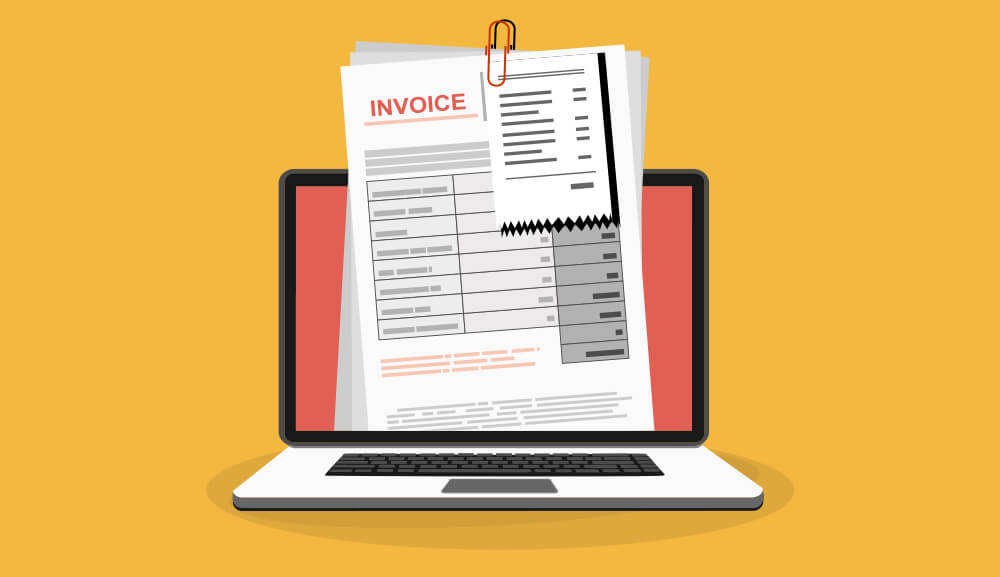 Updated on: March 3rd, 2023 4:49 PM
Updated on: March 3rd, 2023 4:49 PM
What should a GST invoice contain?
The GST regulations mandate that GST-registered suppliers must issue GST invoices to their customers. A detailed list of the products or services provided, the payment amount due and other information are all included in a GST invoice. This article discusses the details contained in a GST invoice.What is the purpose of GST invoices?
GST invoices are an important document for businesses to ensure that all goods and services are taxed correctly. GST invoices contain all the necessary details to ensure the goods and services are taxed correctly. Once the GST invoice has been generated, it should be signed or stamped by the supplier. This will help ensure that the GST invoice is valid and can be used as evidence in case of any disputes regarding the tax amount. The primary purpose of GST invoices is to provide evidence of a transaction between a buyer and seller. GST invoices include essential information such as the GST rate, the total value of the goods, and the GST amount. The government uses this information to track the flow of goods and services and ensure that taxes are paid appropriately. Furthermore, businesses use GST invoices to claim input tax credits for the GST they pay on purchases.What details should a GST invoice contain?
A GST invoice should include the following information:- Invoice Number: This should be a unique number that is used to identify the particular invoice.
- Date of Invoice: This should be the date when the invoice was issued.
- Supplier’s Information: This should include the supplier’s name, address and GSTIN.
- Recipient’s Information: This should include the recipient’s name, address and GSTIN.
- Description of Goods / Services: This should include a description of the goods/services being supplied.
- Quantity of Goods / Services: This should include the number of goods/services supplied.
- HSN code / SAC code
- Taxable Value: This should include the taxable value of the goods/services being supplied.
- GST Rate and discounts: This should include the applicable GST rate and discounts for the goods/services being supplied.
- Total Tax Amount: This should include the total amount payable for the goods/services being supplied, including GST.
- Place of Supply: This should include the location of supply for the goods/services being supplied.
- Signature of the Supplier
Popular Post

In the digital age, the convenience of accessing important documents online has become a necessity...

The Atalji Janasnehi Kendra Project that has been launched by the Government of Karnataka...

The Indian Divorce Act governs divorce among the Christian couples in India. Divorce...

When an individual has more than a single PAN card, it may lead to that person being heavily penalised, or worse,...

Employees Provident Fund (PF) is social security and savings scheme for employee in India. Employers engaged...


